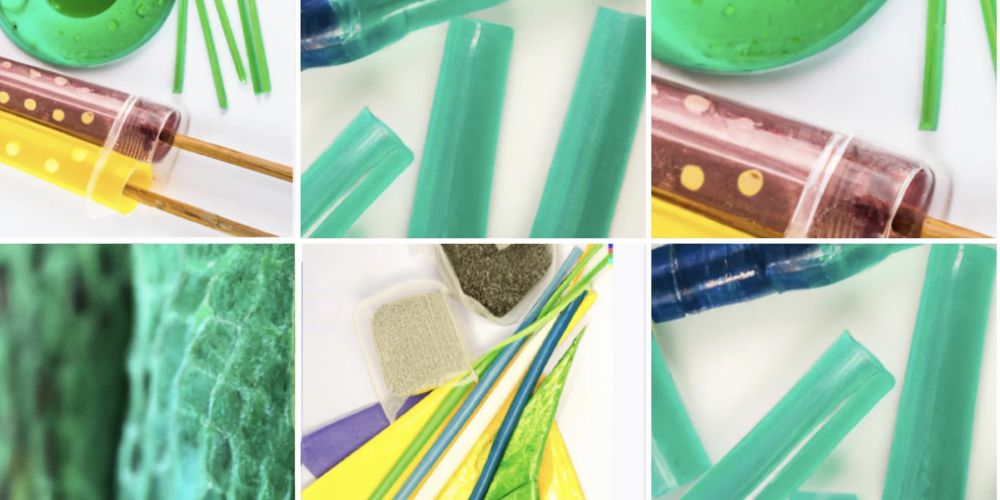How Macroalgae can be used to Replace Plastic in Packaging and Textiles

The exploration of seaweed macroalgae as a sustainable alternative to plastics delves into a realm of biomaterials engineering that presents both challenges and promising opportunities. Seaweed’s unique chemical and physical properties make it a viable candidate for replacing plastics in various applications, particularly in packaging and textiles. This in-depth analysis further examines the potential of macroalgae seaweed in these areas, drawing on recent research and developments in the field.
Advanced Biodegradable Packaging Solutions:
Seaweed’s potential in creating biodegradable packaging materials is particularly noteworthy. The polysaccharides in seaweed, like carrageenan and alginate, possess properties ideal for developing films and coatings. These can effectively shield products from moisture, oxygen, and other environmental elements. Such seaweed-based packaging materials not only offer the required protection for food and other items but also present an eco-friendly solution that degrades rapidly and safely in the environment. Recent studies, such as those by Smith et al. (2021), highlight how these polysaccharides can be processed to enhance their barrier properties, making them comparable, if not superior, to conventional plastic packaging.
Sustainable Textiles from Seaweed Fibers:
In the realm of textiles, seaweed fibers emerge as a sustainable and innovative material. These fibers, characterized by their softness, durability, and absorbency, are well-suited for clothing and other textile applications. Their natural antibacterial and antifungal properties, as noted by Jones and Harwood (2022), further enhance their appeal for use in various products, offering an eco-friendly alternative to synthetic fibers. The process of converting seaweed into usable fibers involves environmentally friendly methods, which further reduces the ecological footprint of these textiles.
3D Printing with Seaweed-Based Materials:
The use of seaweed in 3D printing introduces a new dimension to sustainable manufacturing. The extracted polysaccharides from seaweed can be processed into biodegradable filaments suitable for 3D printing applications. These filaments, as explored in a study by Patel et al. (2023), offer a greener alternative to traditional plastic filaments, with the added benefit of rapid degradation post-use. This not only addresses the issue of plastic waste in 3D printing but also opens new avenues for sustainable production practices.
Market Potential and Future Prospects:
The potential market for seaweed-based materials is substantial. According to Grand View Research (2020), the global seaweed market is projected to reach $22.13 billion by 2024, expanding at a CAGR of 8.9% from 2016 to 2024. This growth is attributed to the rising demand in the food, pharmaceutical, and agricultural industries. However, as Zhang and Lee (2021) point out, the non-food applications of seaweed, particularly as a plastic alternative, are gaining momentum and are likely to contribute significantly to this growth.
In conclusion, seaweed macroalgae presents a real and viable option for replacing plastics in various industries, especially in packaging and textiles. Its unique chemical composition, coupled with sustainable harvesting and processing methods, positions it as a key material for future industries. As research continues and technology advances, seaweed’s role in reducing plastic waste and contributing to a more sustainable future becomes increasingly clear. The ongoing shift towards eco-friendly alternatives and the growing awareness of plastic’s environmental impact are likely to further accelerate the demand for seaweed-based materials.
Reference:
Researchers Combine Biopolymers Derived From the Ocean to Replace Synthetic Plastic Films (December 11, 2023, Cell Reports Physical Science): This study from North Carolina State University discusses creating biocomposite films from chitosan (derived from crustaceans) and agarose (from seaweed) to replace petroleum-based plastic films. These films are biodegradable, have antibacterial properties, and are water-repellent and transparent.









